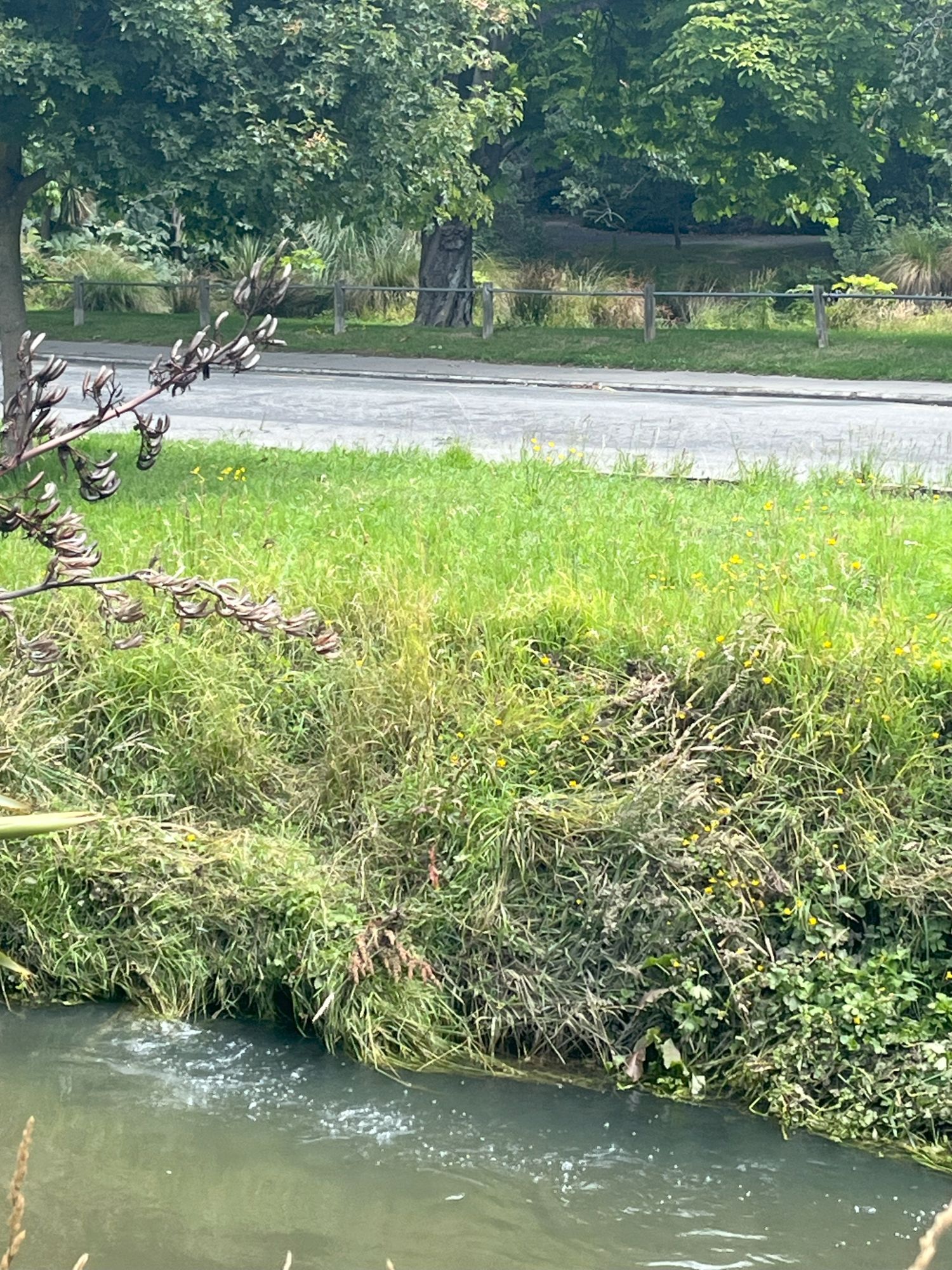European settlement of Beckenham dates back to the first arrival of British settlers in Christchurch, and was part of the initial allocation of land to the new settlers. The Beckenham area, which was known as Middle Heathcote at the time, was divided into two plots of farmland – the first of which was purchased by brothers Stephen and James Fisher. Stephen Fisher named the area Beckenham after the English town of the same name, although the name Fisherton was also used in honour of the brothers. The farms were subdivided in 1906, forming the new suburbs of Beckenham and Fisherton in the process. The suburb grew in size as the Christchurch tramway system expanded into the area, down Colombo Street to Devon Street (1880), then Tennyson Street and finally to the Port Hills (1898), providing easy access from the suburb to the central city. During this process, the name Fisherton gradually fell into disuse, with the name Beckenham being applied to the whole area. Electricity was provided to Beckenham in 1912 and a waste water scheme was provided in the 1920s.
Beckenham Ponds
Naming
About the waterway
The Beckenham area was traditionally used by Māori as a mahinga kai, a place for gathering food. The land was marshy and consisted mainly of raupō swamp. The Ōpāwaho Heathcote River contained eels, native trout (kokopū), small freshwater crayfish (kōura), tidal herrings and whitebait.
The only remnant of the original wetland that remains today is the Beckenham Ponds, formed from natural springs in Beckenham Park at the lowest point beside Eastern Terrace. The springs continually fill the ponds which would overflow onto the road were it not for a pipe that leads the overflow under the road to the river.

